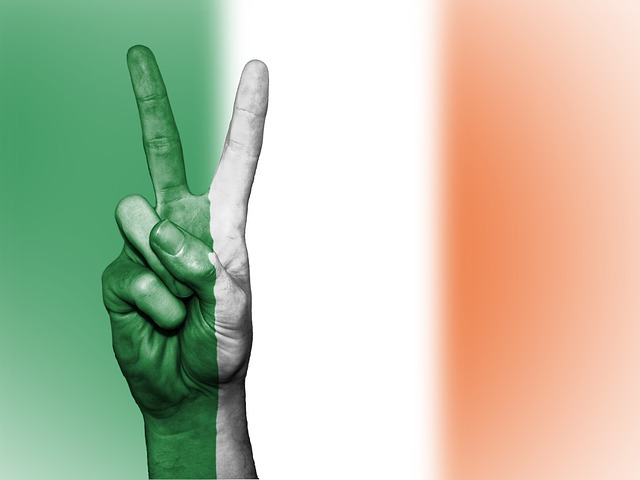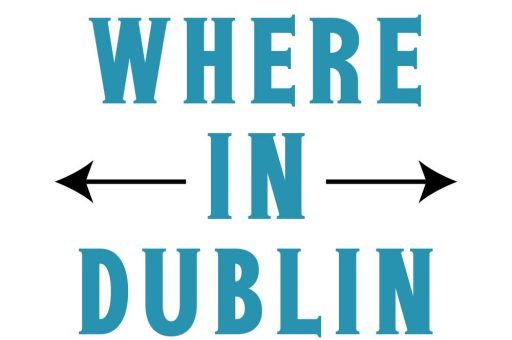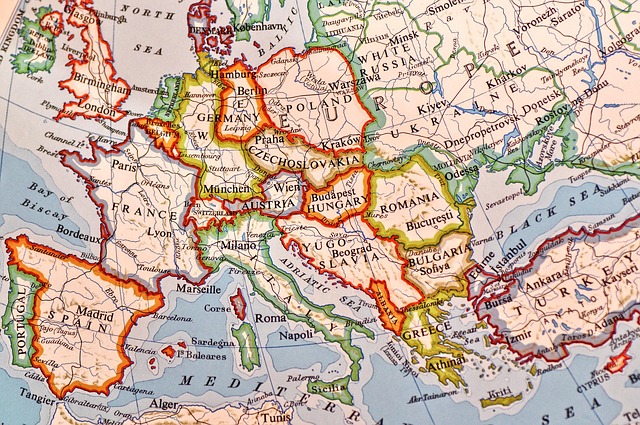
The Ireland flag is more than just a piece of cloth waving in the wind. It represents history, identity, and the spirit of a nation. If curiosity ever struck about what those three colors mean or why the design came to be, this post will cover everything, from historical origins to cultural significance. From my own personal experience, diging into a country’s flag is like uncovering a story that stretches across centuries, filled with conflict, hope, and unity.
The Origins of the Ireland Flag
The Irish tricolor flag consists of three vertical stripes: green, white, and orange. Its design might seem simple, but it has a deep history tied to Ireland’s political and cultural landscape.
Early Symbolism in Ireland
Long before the tricolor was officially recognized, Ireland used several symbols to represent identity. The green harp was often used to symbolize Irish nationalism, while orange ribbons appeared during celebrations of the Protestant William of Orange. These early symbols reflected Ireland’s divided communities, where religion and politics intertwined.
Birth of the Tricolor
The actual tricolor flag was first introduced in the mid-19th century. Its purpose was to symbolize unity: green for Irish Catholics and nationalists, orange for Irish Protestants and unionists, and white for peace and hope between them. The simplicity of vertical stripes made the flag visually striking, yet deeply meaningful.
Colors of the Ireland Flag and Their Meanings
Understanding the Ireland flag requires a closer look at each color and its significance. Each stripe is more than just color, it’s a story.
Green Stripe
The green stripe represents Irish Catholics, the nationalist movement, and the traditional Gaelic culture. This color is often associated with growth, life, and hope. Green also links to Ireland’s lush landscapes, which are famous around the world.
White Stripe
The white stripe in the middle represents peace and reconciliation. Its placement between green and orange symbolizes hope for unity between communities historically divided by religion and politics. White is literally the bridge between the past conflicts and future aspirations.
Orange Stripe
The orange stripe represents the Irish Protestants, particularly those associated with the Orange Order and the followers of William of Orange. The color is a reminder that the flag was designed to respect all groups, highlighting the importance of coexistence and tolerance.
Historical Context of the Ireland Flag
Flags often carry the weight of history, and Ireland’s is no different. Its origins were heavily influenced by political movements and key historical events.
The Young Ireland Movement
The flag gained popularity through the Young Ireland movement in the 1840s. This group of nationalists sought Irish independence and wanted a symbol that could unite different factions of the population. The tricolor served as a visual representation of compromise and collective identity.
The Easter Rising of 1916
The tricolor gained even more prominence during the Easter Rising, when Irish revolutionaries raised it above key buildings in Dublin. This period marked a turning point in Ireland’s fight for independence. From my own personal experience, studying this event makes it clear how a flag can transform from a symbol of ideas into a rallying point for real change.
Official Recognition
It wasn’t until 1937 that the tricolor was formally recognized as the national flag of Ireland in the Irish Constitution. Since then, it has become a symbol not just of unity, but of the nation itself—recognized globally in sports, diplomacy, and cultural events.
Ireland Flag in Modern Culture
The Ireland flag isn’t just a historical artifact; it’s a living symbol used in everyday life, sports, politics, and celebrations.
St. Patrick’s Day Celebrations
During St. Patrick’s Day, the flag becomes highly visible. Parades, festivals, and public displays all feature the green, white, and orange prominently. The flag acts as a unifying icon that transcends religious and political lines during festivities.
Sports and International Events
At international sports events, the Ireland flag represents pride, identity, and unity. From soccer stadiums to rugby matches, fans wave the tricolor to show support for the nation. Its presence boosts morale and creates a strong sense of belonging.
Global Irish Communities
Irish communities abroad often display the flag during cultural celebrations. It serves as a reminder of roots and heritage, maintaining connections across generations and continents.
Fun Facts About the Ireland Flag
If the Ireland flag seems familiar, it might be because its design inspired other flags around the world.
Comparison With Ivory Coast Flag
The Ivory Coast flag looks strikingly similar, with green, white, and orange in vertical stripes, but reversed in order. This has led to occasional confusion during international events.
Use in Government and Institutions
Government buildings, schools, and public institutions fly the flag as a symbol of national pride. It’s an official emblem recognized in every corner of Ireland.
Symbol of Unity Beyond Politics
Beyond politics, the flag is used as a unifying cultural symbol. It reminds citizens and visitors alike that despite past conflicts, Ireland values peace and coexistence.
How to Respectfully Display the Ireland Flag
The Ireland flag comes with rules for proper display and etiquette. Misuse can unintentionally disrespect the symbol.
Proper Folding and Placement
When not in use, the flag should be folded neatly. During events, it should be displayed in a manner where the green stripe is on the left as viewed by an audience.
Handling During National Events
During parades, official ceremonies, or state visits, the flag should be treated with respect. Avoid letting it touch the ground or become damaged. These rules are in place to honor the history and significance behind the tricolor.
Ireland Flag Trivia and Lesser-Known Facts
Color Shades
While the flag is often seen in bright shades, the exact tones of green and orange are not strictly defined in legislation. This allows some flexibility in reproductions for various uses.
International Recognition
The Ireland flag is recognized globally as a symbol of the nation. Tourists, scholars, and citizens abroad often identify it instantly, which shows the power of a simple tricolor design.
Influence on Art and Fashion
The colors of the flag often inspire Irish art, fashion, and merchandise. From T-shirts to paintings, the tricolor has become an aesthetic element as well as a symbolic one.
Conclusion: More Than Just Three Colors
The Ireland flag is more than green, white, and orange. It tells the story of a nation striving for unity, peace, and identity. From my own personal experience, understanding the history and meaning behind it deepens appreciation, not just for Ireland, but for how flags can reflect the struggles and triumphs of any nation.
Every stripe carries meaning, and every display reminds both citizens and visitors of the enduring spirit of Ireland. Whether in a parade, at a sports match, or hanging in a classroom, the flag continues to inspire, unite, and symbolize hope for the future.


